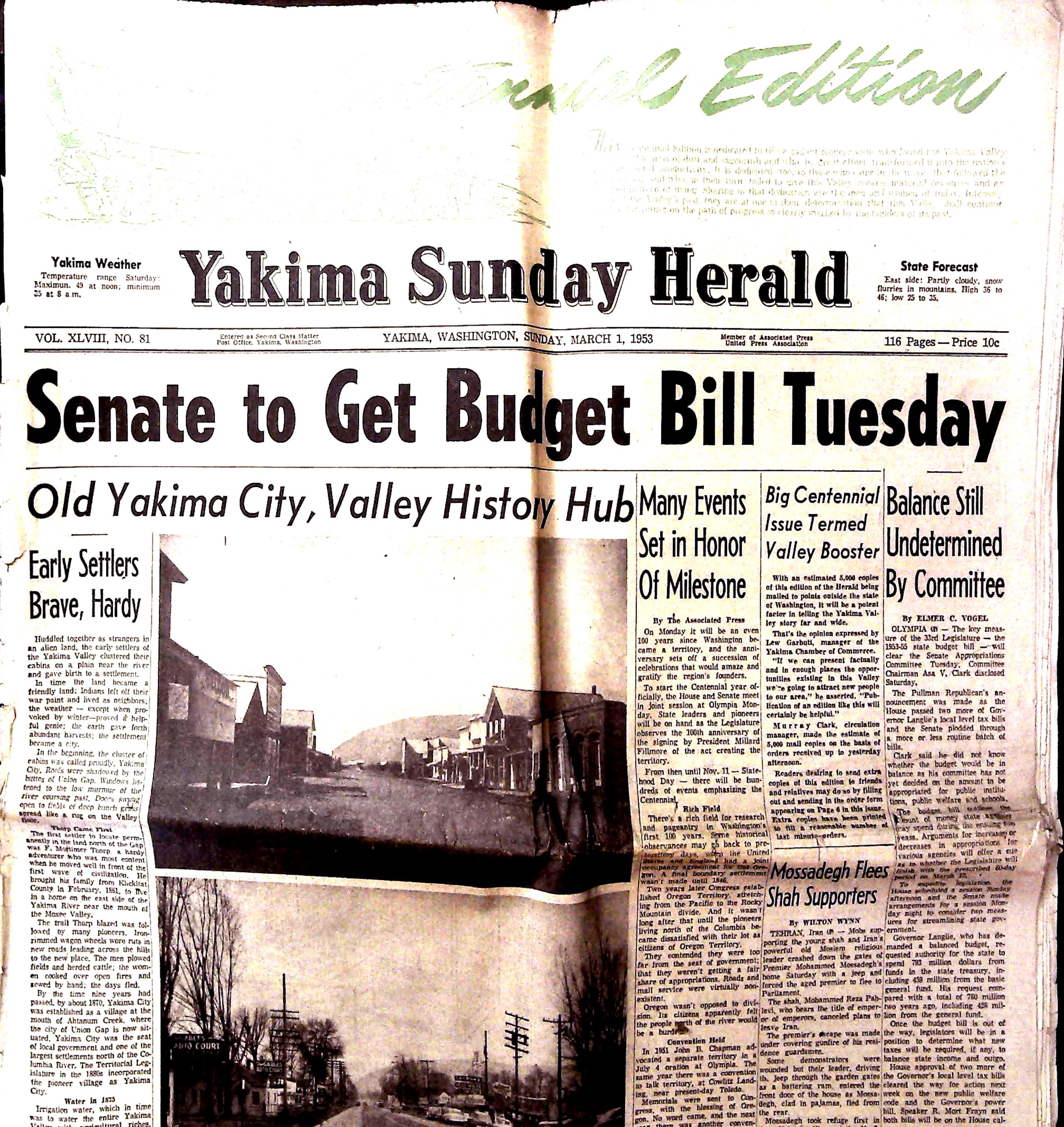Historic Newspaper
Yakima Sunday Herald March 1st, 1935
Today Bossman got to the store with a box labeled "Historic Newspapers", and if thats not enough to make you intrigued this post is not for you. The newspaper was full of interesting stories and unique commercials. I want to bring back interesting advertisements. It may take me a while to achieve that but I definitely will bring this back for Yakima Finds.




